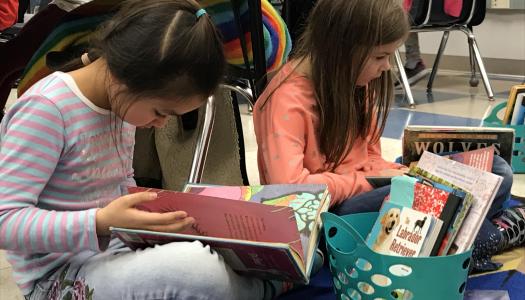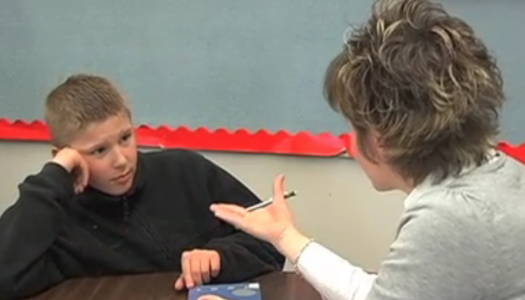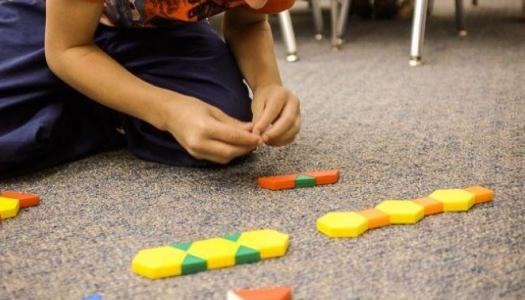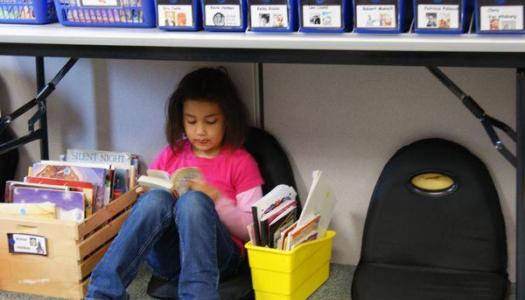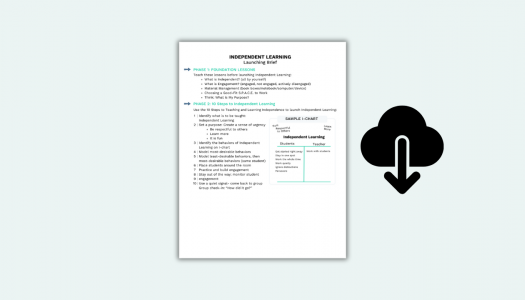Collaborative Learning
Join Our Community
Access this resource now. Get up to three resources every month for free.
Choose from thousands of articles, lessons, guides, videos, and printables.
What is Collaborative Learning?
Collaborative learning is an instructional approach where students work together to explore ideas, solve problems, or complete tasks. Rather than learning in isolation, students engage in small groups or partnerships to share perspectives, brainstorm, and support one another in reaching a common goal. This method emphasizes cooperation and communication, encouraging students to build on each other’s ideas and deepen their understanding of the content. Collaborative learning activities can range from group discussions and peer reviews to joint projects and problem-solving challenges, all designed to foster critical thinking and active participation.
Why Teach the Behaviors of Collaborative Learning? 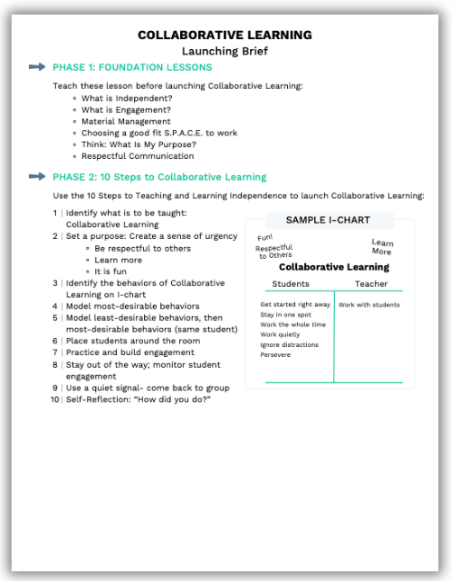
For students to succeed in collaborative learning, they need to be taught specific behaviors. Just as we teach academic skills like reading and writing, we must also teach the habits and routines that build independence and teach successful collaboration. These behaviors include:
- Get started right away
- Stay in one spot
- Work the whole time
- Use Conversational Tone
- Use Respectful Communication
- Ignore distractions
- Persevere
Without these foundational skills, students may struggle with off-task behavior, incomplete work, disengagement, or frustration. By explicitly teaching and reinforcing collaborative learning behaviors, we set students up for success not just in the classroom, but in life.
The Bigger Picture
The benefits of collaborative learning go beyond academic achievement. It helps students develop essential life skills such as teamwork, empathy, and conflict resolution, preparing them for future social and professional environments. Additionally, collaborative learning nurtures a sense of community and belonging in the classroom, creating an atmosphere where every voice is valued. By working collaboratively, students not only gain a deeper understanding of the material but also learn how to navigate diverse perspectives and contribute meaningfully to a group effort.
Use the Collaborative Learning Launching Brief to get started in your classroom.

